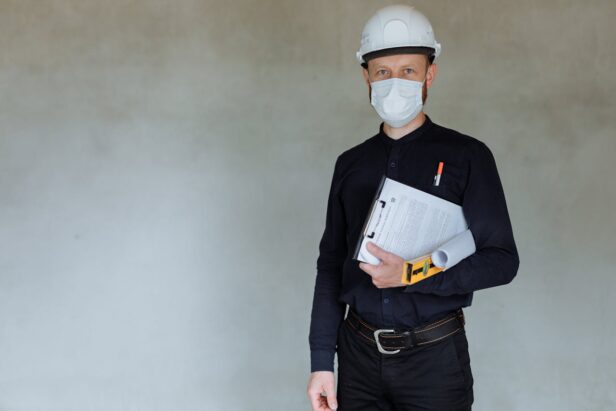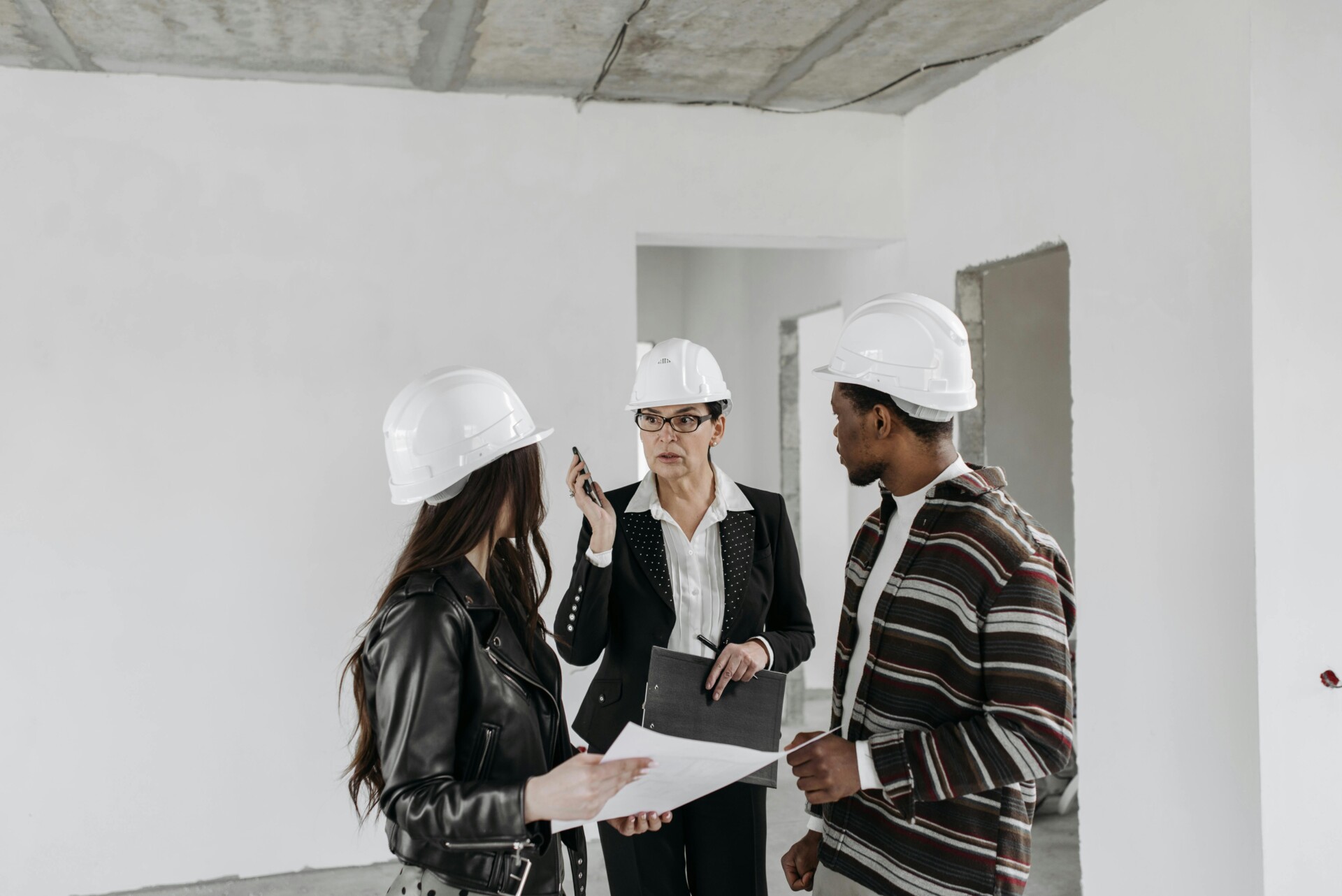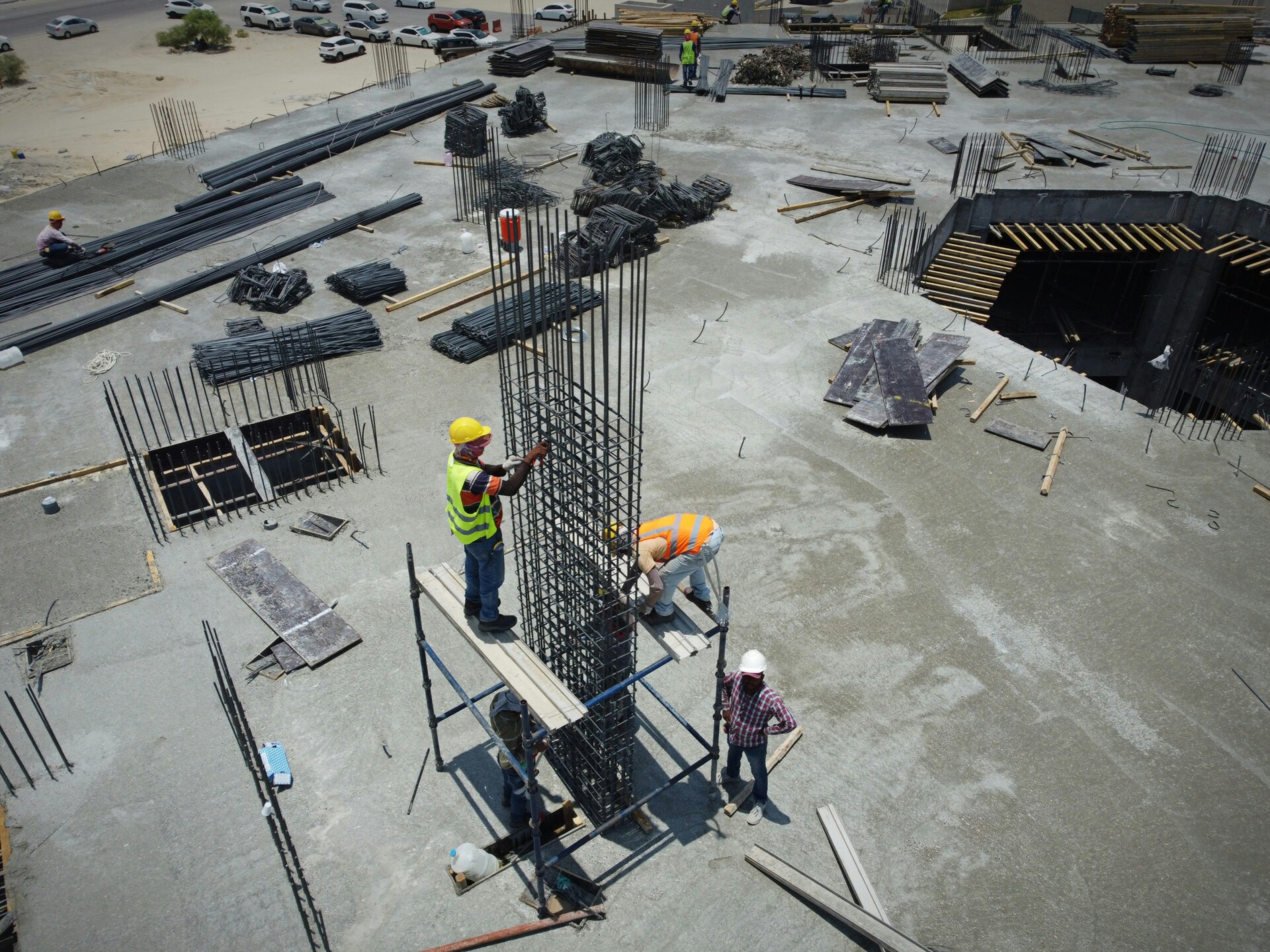Commercial developers spent billions in the 1980s fitting out office spaces with fixtures and finishes that tenants immediately ripped out. Core and shell construction emerged as a practical solution to this costly problem.
Core and shell construction delivers a building’s essential structure and building envelope while leaving interiors unfinished for tenant customization. We focus on constructing the foundation, structural skeleton, exterior walls, roofing, common areas, and basic utilities during this phase, creating a functional shell ready for future fire safety compliance and tenant improvements.
What Elements Are Included In The Core And In The Shell?
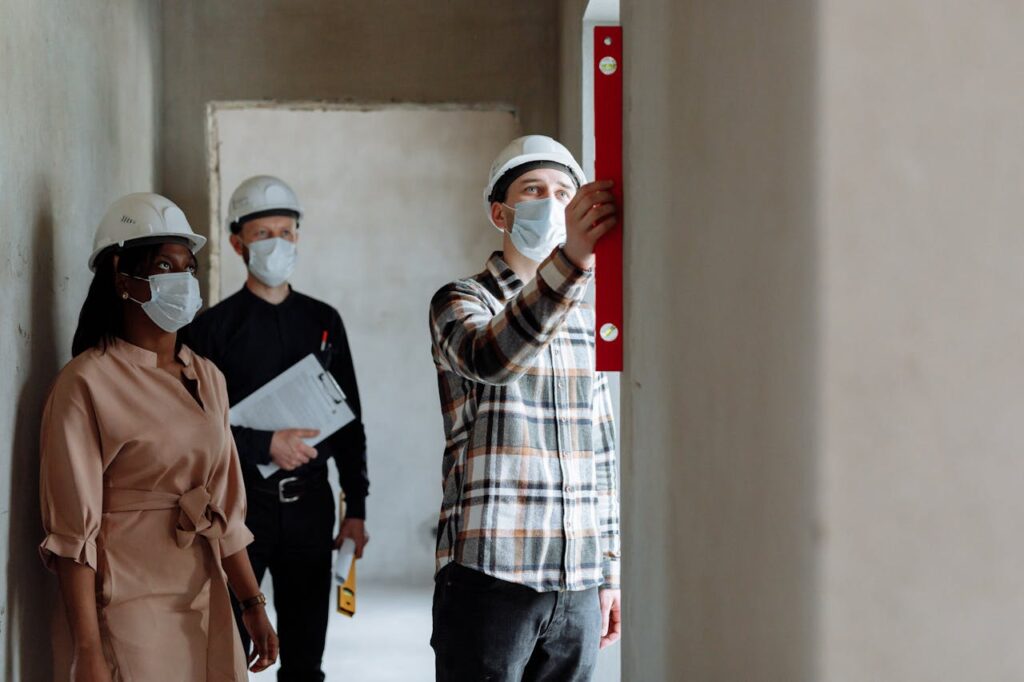
The building core serves as the interior structural backbone, housing essential systems that connect and support all floors. We construct load-bearing walls, columns, and beams that form the structural skeleton. Vertical transportation elements like staircases and elevator shafts create the circulation spine of the building.
Mechanical and electrical infrastructure runs through the core via vertical risers. These include water supply and drainage pipes, electrical conduits for power distribution, and HVAC plant connections. The core also contains mechanical spaces that house equipment like electrical panels and utility meters.
Fire safety systems form a critical part of the core infrastructure. We install fire detection devices, alarm systems, and sprinkler connections throughout the vertical risers. Basic safety hardware such as emergency lighting and exit signage connects to the core’s electrical systems.
The core excludes elements that tenants customize during fit-out. Interior walls, suspended ceilings, electrical outlets, flooring materials, and appliances remain outside the core scope. These components get added during the tenant improvement phase based on specific occupancy requirements.
Shell Components And Exterior Envelope
The building shell creates the exterior protective envelope and establishes the base building features. We begin with the foundation and structural skeleton that supports the entire building load. Exterior walls and roofing systems seal the structure from weather elements.
Exterior cladding provides both protection and architectural character. Common materials include curtain wall systems, precast concrete panels, or brick veneer depending on design requirements. Windows and entry doors complete the weather-tight enclosure.
Common areas fall within the shell scope and include lobbies, main corridors, and shared staircases. These spaces receive basic finishes suitable for general building circulation. Elevators serving multiple tenants become part of the base building shell delivery.
Essential utilities in the shell encompass basic plumbing and electrical infrastructure. We rough in main water lines, primary electrical feeders, and HVAC plant equipment that serves the entire building. A base plant may include central air handling units, boilers, or chillers depending on the mechanical design.
Additional Shell Elements By Project Type
Larger projects often include landscaping elements like paved walkways, retaining walls, and boundary treatments. Parking areas with proper lighting and drainage systems extend the shell scope for many commercial developments.
Signage infrastructure gets coordinated during shell construction. We install electrical connections and mounting systems for building identification and wayfinding elements. These preparations allow tenants to add their specific signage during fit-out.
Mechanical and electrical services vary by building codes and owner requirements. Some projects include complete HVAC distribution to each floor, while others provide only central plant equipment. The lease agreement typically defines which mechanical systems fall under shell delivery versus tenant responsibility.
How Does The Core And Shell Construction Process Work?
We organize core and shell construction through five distinct phases that build upon each other systematically. Each phase establishes critical elements while maintaining schedule efficiency through parallel workflows.
Design And Planning For Future Flexibility
The process begins with comprehensive design coordination that addresses both current code compliance and future tenant adaptability. We develop structural plans that accommodate various load requirements and mechanical layouts while ensuring adequate ceiling heights and floor capacity for diverse applications. Building codes drive many decisions at this stage, from fire egress requirements to accessibility standards.
Early planning involves positioning vertical transportation cores and determining utility pathways that serve multiple tenant configurations. We coordinate with engineers to size base building systems for maximum occupancy while leaving interior layouts undefined. This phase establishes the framework that supports efficient fit-out handover later in the process.
Foundation And Structural Framework Construction
Groundwork launches the physical construction with foundation installation followed by the structural skeleton. We erect the building’s frame using concrete, steel, or hybrid systems that create the permanent structural backbone. Vertical transportation cores take shape during this phase, including elevator shafts, stairwells, and mechanical rooms that form the building’s literal core.
Structural work proceeds floor by floor, establishing the framework for all subsequent trades. We coordinate utility penetrations and structural connections during this phase to avoid conflicts later. The completed frame provides the stable platform for envelope installation and mechanical systems.
Weather-Tight Enclosure Development
Exterior envelope completion transforms the structural frame into a protected construction environment. We install exterior walls, cladding systems, windows, and roofing to create a weather-tight enclosure that keeps out moisture and wind. This phase establishes the building’s architectural appearance and thermal barrier.
Window and door installation occurs alongside cladding work to maintain construction momentum. We coordinate with envelope specialists to ensure proper waterproofing and thermal performance that meets energy code requirements. Once complete, interior trades can work in controlled conditions regardless of weather.
Base Building Systems Installation
We rough in essential building systems that serve all future tenants through common infrastructure. Water supply and drainage lines run through designated pathways with connections roughed to each floor or zone. Primary electrical conduits and panels provide power distribution capacity for full build-out scenarios.
HVAC plant installation includes central equipment like chillers, boilers, and air handling units along with main duct risers that reach each floor. Fire safety systems including sprinklers and fire detection devices are installed to base building standards for code compliance. These systems operate independently of tenant improvements while providing connection points for future fit-out work.
Handover As Warm Or Cold Shell
The final phase delivers either a warm shell with basic finishes and operational building services or a cold shell with bare structural space. Warm shell delivery includes minimal interior elements like sealed concrete floors, basic lighting, and functional HVAC to common areas. Cold shell handover provides only the structural frame and building envelope without interior finishes or services.
We coordinate handover documentation that identifies connection points, system capacities, and code compliance status for tenant fit-out teams. The delivered shell includes all permits and approvals needed for tenant improvement work to proceed. This handover marks the transition from base building construction to tenant-specific improvements.
Interior design and engineering teams often work parallel to our base building construction to compress overall project schedules. While we build the structural frame and install building systems, architects develop tenant layouts and select finishes. This coordination allows fit-out work to begin immediately after shell completion, reducing time to occupancy significantly.
What Are The Advantages Of Core And Shell Construction?
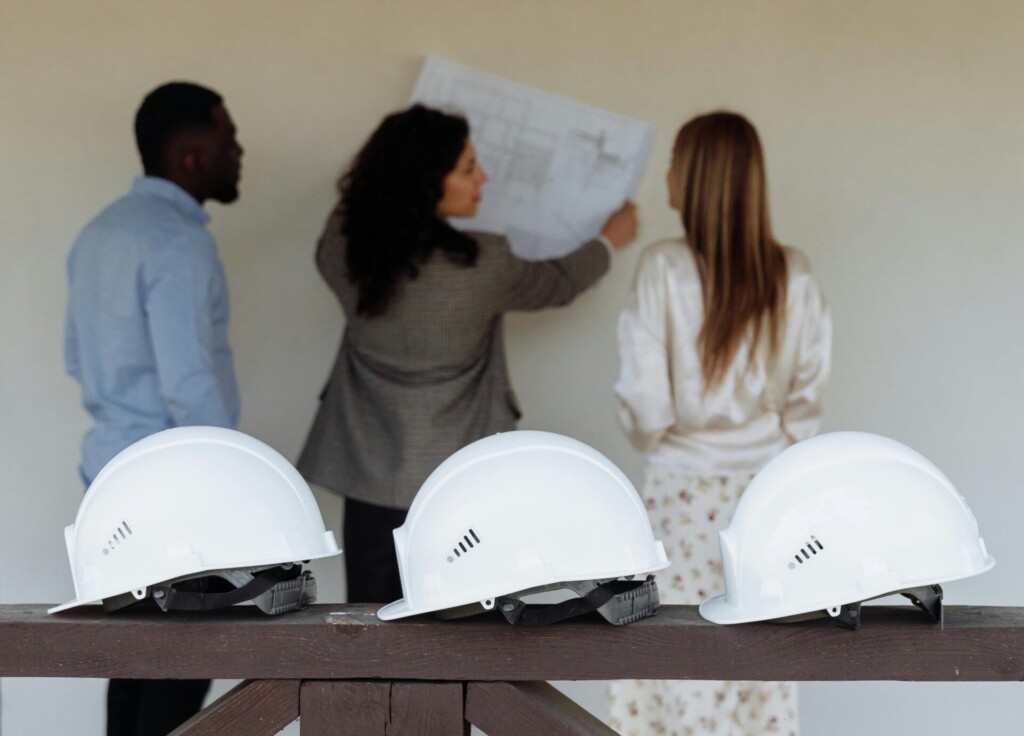
The customization potential stands as the most compelling advantage of core and shell construction. We deliver a blank canvas that allows tenants to design their workspace exactly to their operational needs without demolishing existing finishes that don’t match their vision.
Faster construction timelines become possible because we can begin base building work while tenants develop their interior plans. This parallel approach compresses the overall project schedule significantly compared to traditional sequential construction methods.
Cost Savings And Resource Efficiency
Owners avoid purchasing interior finishes that may not suit future tenants. Rather than investing in carpeting, lighting fixtures, and partition systems that might be removed, we focus resources on the structural and mechanical systems that all tenants will use.
Reduced waste emerges naturally from this approach because materials get installed only when needed for specific tenant fit-out requirements. We eliminate the cycle of installing finishes only to tear them out when the next tenant arrives.
Energy Efficiency And Building Performance
Energy efficiency opportunities exist at the base building level where we can implement high-performance HVAC plant systems, advanced building automation, and superior insulation strategies. These foundational efficiency measures benefit all future tenants while reducing operating costs across the building’s lifespan.
The thermal mass of concrete cores enhances heat storage capacity, contributing to more stable interior temperatures and reduced energy consumption for climate control systems.
Design Flexibility And Long-Term Value
Design flexibility means interior changes never impact the building’s structural integrity. Tenants can reconfigure spaces, add specialized equipment, or modify layouts without affecting load-bearing elements or major building systems.
Easier management and turnover result from this structural separation between base building and tenant improvements. When spaces change hands, new occupants can adapt the interior to their requirements without complex structural modifications or lengthy building operations disruptions.
The approach supports sustainability goals by reducing material waste and allowing for more targeted resource allocation during both initial construction and future tenant improvements.
How Do Fit-Outs And Lease Terms Shape The Final Space?
Fit-out construction transforms the shell into a functional workspace ready for occupancy. We coordinate this phase with both landlords and tenants to establish clear responsibilities, timelines, and quality standards that support successful project handover.
Category A Versus Category B Fit-Out Scopes
Category A fit-out typically includes the base building improvements needed for basic occupancy. We install raised access floors for cable management, suspended grid ceilings to house mechanical systems, and basic lighting throughout the space. Fire detection requirements mandate sprinkler systems and smoke detectors integrated into the ceiling grid.
HVAC distribution provides conditioned air through main trunk lines and basic diffusers. Basic plumbing connections serve core restrooms and utility areas. Electrical systems include distribution panels, emergency lighting, and power outlets at standard intervals.
Category B fit-out focuses on tenant-specific customization and branded environments. Tenants drive this phase to create functional layouts with interior partitions, specialized lighting for task areas, and custom finishes. We coordinate installation of furniture systems, kitchen facilities, reception areas, and meeting rooms tailored to operational needs.
Tenant improvements at this level include flooring selections, wall treatments, signage, and technology infrastructure. The scope depends heavily on business type and occupancy requirements we identify during pre-construction planning.
Lease Agreement Structure And Responsibility Allocation
Lease terms define who handles each construction phase and associated costs. We recommend establishing these boundaries early to prevent disputes during construction and handover. Standard lease language addresses allowed alterations, required permits, and approval processes for tenant improvements.
Code compliance responsibilities typically fall to the party performing the work. Fire safety requirements often require coordination between base building systems and tenant additions. Insurance coverage must align with construction activities and final occupancy use.
Cost allocation varies significantly between projects. Some landlords provide Category A improvements as part of the lease while tenants handle Category B work independently. Other arrangements involve tenant improvement allowances where landlords contribute specific dollar amounts toward fit-out costs.
Duration clauses affect fit-out timing and quality decisions. Short-term leases may limit investment in permanent improvements, while longer commitments support more extensive customization.
Cold Shell Versus Warm Shell Impact On Fit-Out
The delivered shell condition directly affects fit-out scope, cost, and timeline. Cold shell spaces provide minimal building systems, requiring complete mechanical, electrical, and plumbing installation during fit-out. This approach maximizes tenant flexibility but extends construction duration and increases upfront investment.
Warm shell delivery includes basic HVAC systems, standard electrical distribution, finished ceilings, and operational plumbing. Tenants can focus fit-out efforts on space planning, finishes, and specialized systems rather than fundamental building infrastructure.
We evaluate shell conditions during project planning to establish realistic timelines and budgets. Cold shell projects typically require 12-16 weeks for Category A completion, while warm shell spaces can achieve occupancy in 8-12 weeks depending on customization complexity.
Cost impacts vary significantly between cold and warm shell starting points. Cold shell tenant improvements often require $150-300 per square foot for complete fit-out, while warm shell modifications range from $75-180 per square foot based on customization level and finish quality.
Conclusion And Next Steps
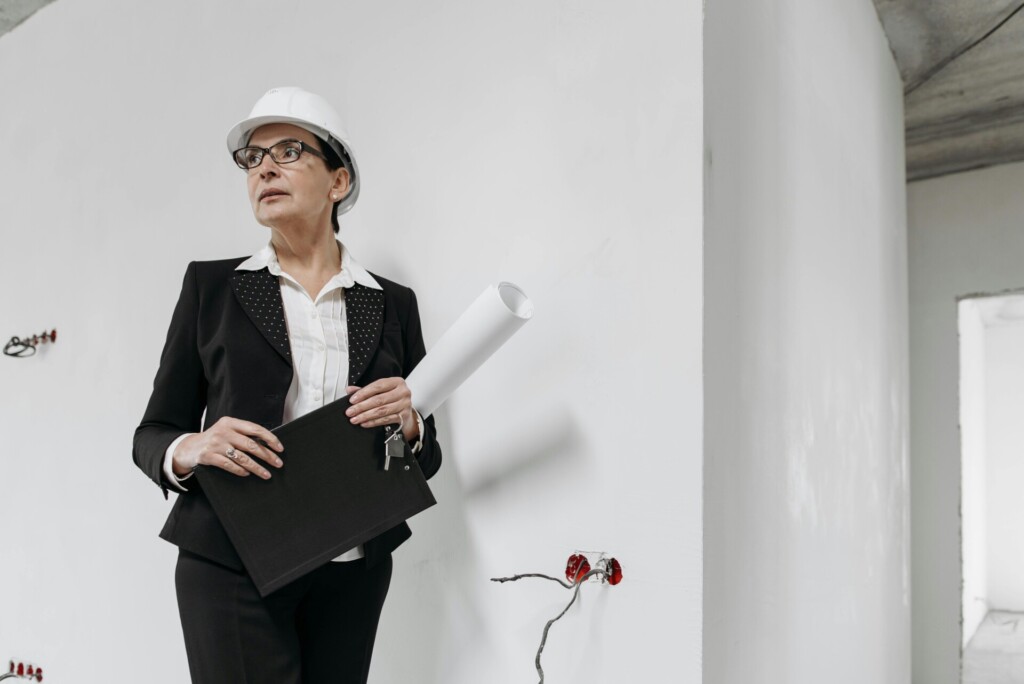
Core and shell construction provides developers and property owners with a strategic approach that balances structure with flexibility. We deliver the essential building envelope and structural systems, creating a foundation that supports diverse tenant needs while maintaining cost efficiency and timeline advantages.
Success in core and shell projects requires early alignment on key decisions. Determine whether warm shell or cold shell delivery best serves your tenant base and market positioning. Establish clear lease terms that define fit-out responsibilities, code compliance requirements, and cost allocation between owner and tenant. Coordinate interior design development during base building construction to minimize delays and ensure seamless handover. Most importantly, confirm all fire safety systems and building code requirements before tenant occupancy to avoid compliance issues that could delay or complicate the fit-out process.
Ready to explore how core and shell construction can optimize your next commercial development? Contact EB3 Construction to discuss your project requirements and delivery approach.

